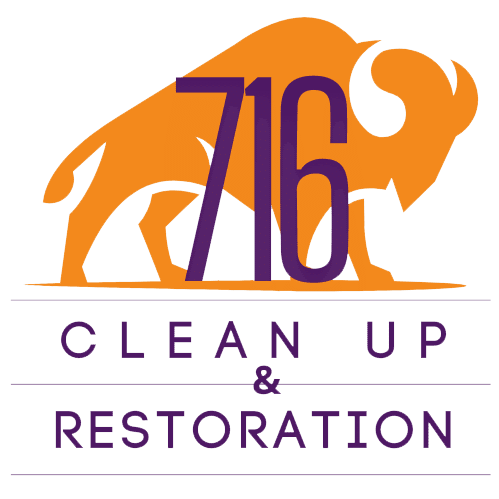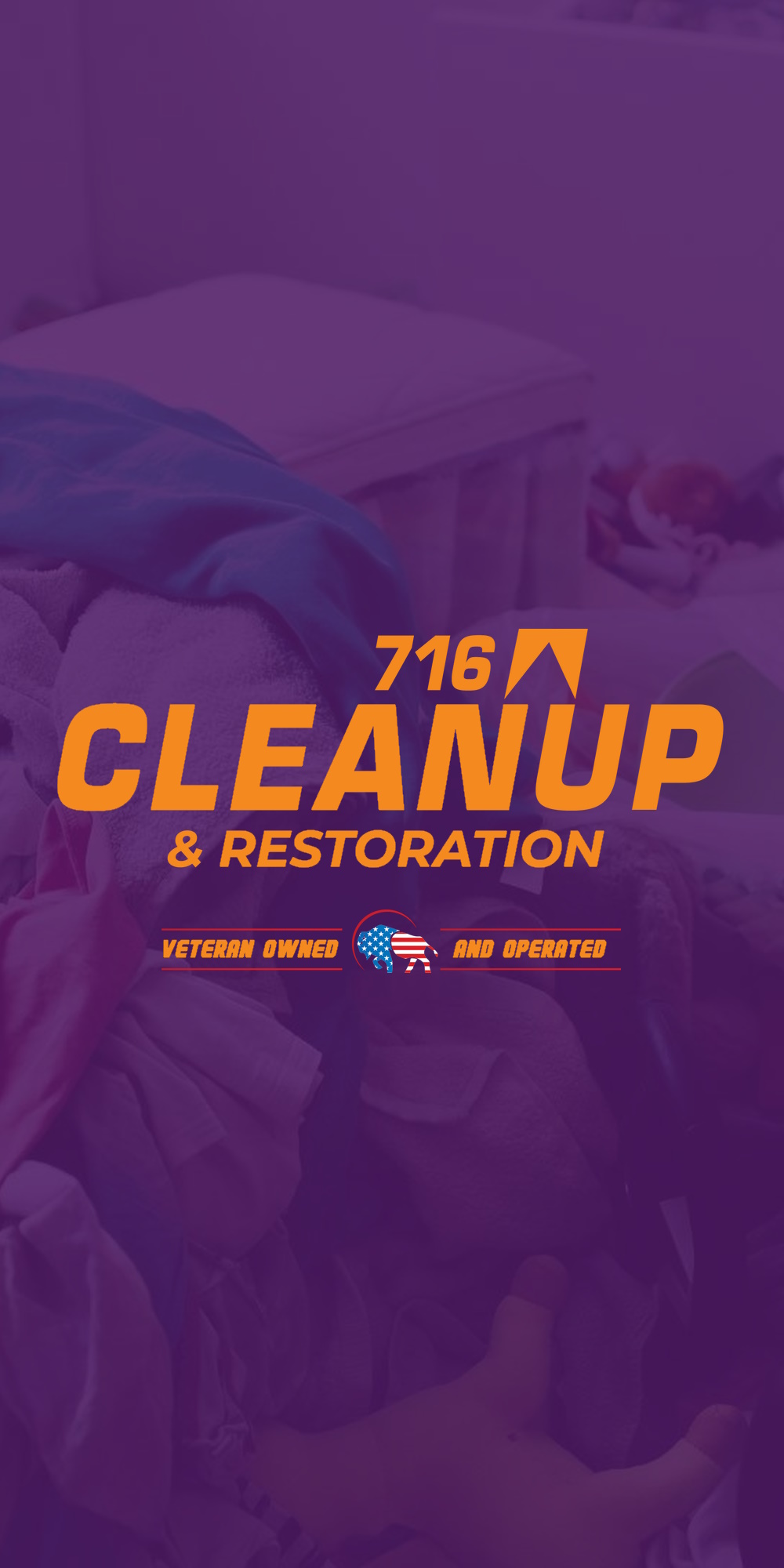Buffalo Mold Clean Up – What Are the Symptoms of Toxic Mold Exposure?

How do you know if you have mold in your home? If you’re like most people, you might not even notice until it has spread all over your house or business property. This can mean thousands of dollars in expenses and lost time, but it doesn’t have to be that way. In the following article, we’ll go over some of the most common signs of mold, as well as how mold spreads and how to clean up Buffalo mold correctly and efficiently without causing any more harm to yourself or your family members.
What Is Toxic Mold?
Toxic mold is a dangerous and potentially deadly substance that can invade your home, making it inhospitable to your health. In order to properly manage toxic mold removal, you need to understand what it is and how it damages your body so you can recognize whether or not it has contaminated your home. Read on for everything you need to know about toxic mold!
How Does Mold Get in My Home?
There is one primary way that mold gets into homes. The first is water damage. This is one area where prevention can be key! If you suspect you have water leaks, call a plumber to make sure you do not end up with mold infestations. Water damage can also occur from flooding or even severe weather conditions like hurricanes and tornadoes. It’s important to monitor your home after these types of events as well. And remember to always check for visible signs of water damage such as wet spots on walls, ceilings, floors or other areas in your home. These could be signs that mold has begun growing behind drywall.
Why Did My Home Develop Toxic Mold?
It’s not your imagination. These days, it seems like everyone has problems with toxic mold in their homes. In some cases, homeowners accidentally invite water damage into their houses when they do things like leave outdoor hoses connected while they’re on vacation or forget to drain sump pumps during a rainstorm. But more often than not, toxic mold develops because someone—or something—caused it. Leaky roofs are one example. So is water damage from plumbing leaks and burst pipes. If you’ve ever had a leaky roof or burst pipe in your home, you know how quickly water can cause major structural damage and how difficult it can be to clean up that kind of mess once it happens. The same goes for flooding caused by hurricanes and other extreme weather events.
What Are the Signs and Symptoms of Toxic Mold Exposure?
Molds and their spores are everywhere. They grow on plants, wood, household materials, paper and furniture. We breathe in mold spores every day. Usually there are no symptoms from breathing in mold spores. However when mold is present in high concentrations or if you have been exposed to toxic molds for a long period of time, you may experience adverse health effects including allergic reactions such as hay fever and upper respiratory allergies. Some people are more sensitive than others and can develop serious health problems after being exposed to toxic molds. The most common symptoms include nasal stuffiness, eye irritation, skin rashes and headaches. In severe cases exposure can cause life-threatening infections in your lungs (pneumonia) or brain (meningitis). For example, people with weakened immune systems who were exposed to water-damaged buildings were at increased risk of developing certain types of cancers such as non-Hodgkin’s lymphoma.
Do I Need to Call an Expert for Toxic Mold Removal Help?
Removing mold from your property isn’t a DIY project. Because mold is a living organism, it can be difficult to eliminate completely—even if you remove every bit of visible mold, harmful spores may still remain. Instead, hire a licensed contractor who specializes in toxic mold removal and who follows government protocols to ensure all mold is safely removed. After removing any sources of moisture or water (such as flooding), cleanup crews use HEPA vacuums to suck up airborne particles. Workers then seal off areas with large amounts of mold and begin cleaning surfaces with bleach-based products or antimicrobial agents such as triclosan, which are effective against both bacteria and fungi. To make sure your family is safe, hire a professional.
How Should I Decide on a Contractor for My Mold Removal Project?
If you decide to hire a contractor to clean up and restore your property, choose a company that has been certified in the appropriate field and has experience doing the job. For instance, if you have toxic mold growth, seek out a restoration specialist with training and experience dealing with toxic mold. Generally speaking, if the company employs certified tech specialists, you’re probably in good hands. This isn’t always the case—especially for non-specialists—but it’s true more often than not. Be sure to ask about certifications, accreditations, or specializations when hiring any type of contractor.
What Will it Cost Me to Get Rid of My Toxic Mold Problem Completely and Properly – And How Long Will it Take?
This is a tough question to answer because it depends on several factors, including where in your home or building you have toxic mold growth, how much toxic mold contamination there is and what your contractor has to do to get rid of it. The good news is that most mold remediation projects are relatively quick and inexpensive. The bad news is that some can be quite expensive depending on where you live, what kind of structure you’re working with (like an old Victorian house) and how many surfaces need to be cleaned.
If you have any more questions about mold removal, please don’t hesitate to call us. We are certified and trained to do these jobs properly. 716 Clean up and Restoration. https://bit.ly/moldcleanupnow or (716) 799-7169


